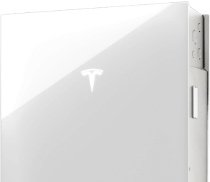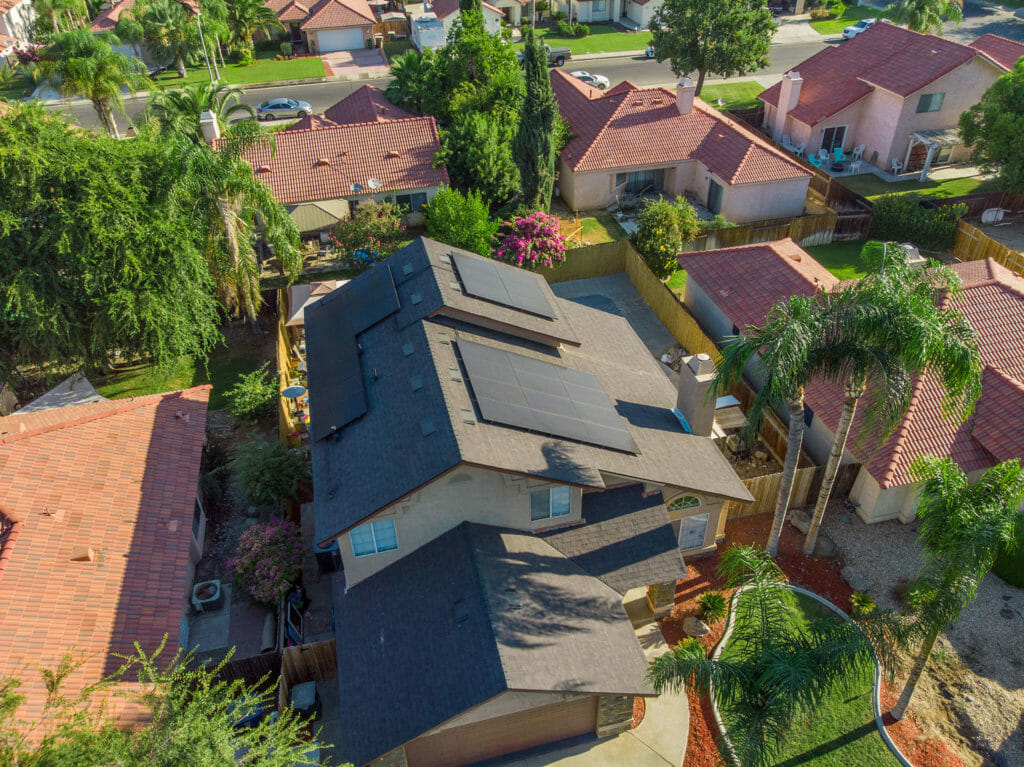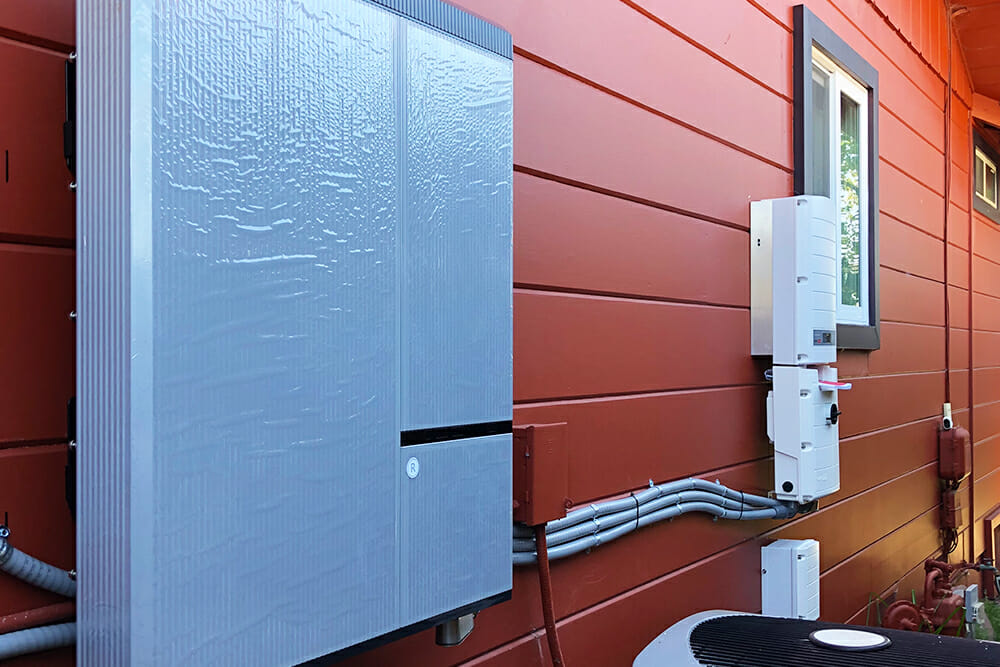Energy costs can represent a big chunk of your monthly expenses. One of the keys to lowering your energy bill is reducing your energy usage. But, that’s easier said than done.
We rely on a lot of things in our day-to-day home lives: laundry machines, dishwashers, refrigerators, lights, TVs, air conditioners, and so on. And nearly everything in our home requires electricity. It’s why we get so bored when the electricity goes out. There’s nothing to do!
Saving money on your monthly energy bill starts with reducing energy consumption. Here are some ways you can cut back on energy and save money.
Start by identifying which appliances cost the most to operate.
Here is a list of the most expensive appliances to operate per kilowatt hour (kWh) of electricity, as reported by PG&E.
| Appliance | Annual Cost (cost per kWh = $0.21) |
| Hot Tub | $662 |
| Central A/C | $524 |
| Lights | $504 |
| Washer + Dryer | $148 |
| Entertainment Systems (TV, computer, etc.) | $138 |
| Coffee Maker | $130 |
While not many people have the luxury of a hot tub, the next few expensive appliances are necessities used by pretty much everyone.
Obviously, you can’t do away with these entirely. You need to wash clothes and keep the lights on in the evening, and if you live in or near Sacramento, you definitely need air conditioning. But knowing which appliances cost the most to run, you can find ways to use them less. During the summer, you can turn the thermostat up a couple of degrees. You can avoid running small loads of laundry. You can be more diligent about turning unnecessary lights off. It does require changing common behaviors, but limiting the use of high-energy appliances will save you money.
Invest in energy efficient appliances to save even more money.
If you’re in the market for new appliances and want to keep energy costs low, buy the most energy efficient model you can find.
On average, appliances make up close to 20% of a household’s total energy use. If your appliances are older, they likely account for an even larger chunk of the energy costs at your home. The upfront cost of new energy saving appliances is offset in the long run. Energy efficient upgrades can reduce costs by as much as 30% annually!
Most utilities charge time-of-use (TOU) rates, a sliding rate charge based on the time of day. Try to use appliances outside of peak hours.
TOU is a rate plan in which energy rates vary according to the time of day and season. Rates increase during peak hours and decrease during off-peak, or low demand, hours. Rates are highest during summer months when the energy grid is most strained. Four of the largest utilities in California—PG&E, SMUD, SCE, and SDG&E—have their residential customers on a TOU plan.
You can save money if you shift the majority of your energy usage to off-peak hours. The first step is finding out what rate plan you’re on and when off-peak hours are. For example, PG&E has two rate plans: TOU-C and TOU-D. Customers on the TOU-C plan are charged peak pricing everyday from 4 PM to 9 PM. Customers on the TOU-D plan are charged peak pricing weekdays 5 PM to 8 PM, but are not charged peak pricing on weekends or holidays. Off-peak hours fall outside of the specified times.
Other utility companies structure their TOU pricing differently. If you are unsure about your TOU schedule, check with your energy provider.
Let’s say you’re on a TOU plan which charges $0.14 per kWh during peak time and $0.10 during off-peak time, and you want to start the dishwasher. If you only use the dishwasher during peak hours, the annual cost (of a standard 1800-watt dishwasher) will run you about $137. The annual cost drops to $98 if you only use the dishwasher during off-peak hours. While that’s not huge savings, it is a 28% decrease. If you have a large family and run the dishwasher frequently, you can save quite a bit of money just by running your dishwasher in the morning or late evening.
Simple changes to when you use an appliance can make a big dent in your energy bill.
Consider going solar to mostly or completely cut energy costs.
You may employ the various energy saving methods outlined above and still be unsatisfied with your monthly bill. One sure way to significantly reduce or eliminate your energy costs is with solar.
Like energy efficient upgrades, going solar comes at an upfront cost. To that end, things look promising. In 2010, the average price per watt of installed solar was nearly $6. Today, the average price per watt of installed solar is less than $2. The cheaper you can get solar, the quicker you can recoup your initial investment and start saving money.
Meanwhile, energy rates are increasing across the country. You can make a concerted effort to reduce energy consumption, but as rates rise, you might find the bill catching up to you.
With solar, you don’t tap into the energy grid to power your home. If your system generates enough power to meet demand, you won’t even have to worry about TOU rates. You can add a solar battery to store energy generated by your solar panels for use during peak hours, and when the panels don’t generate enough power.
You can reduce energy consumption at home and save money in a few ways:
- Limiting your use of high-energy appliances
- Installing energy efficient appliances
- Operating appliances outside of peak TOU hours
- Going solar so you don’t have to rely on the energy grid
If you do just one of these, you can lower your energy bill—do more than one and you’re bound to save significant money!





